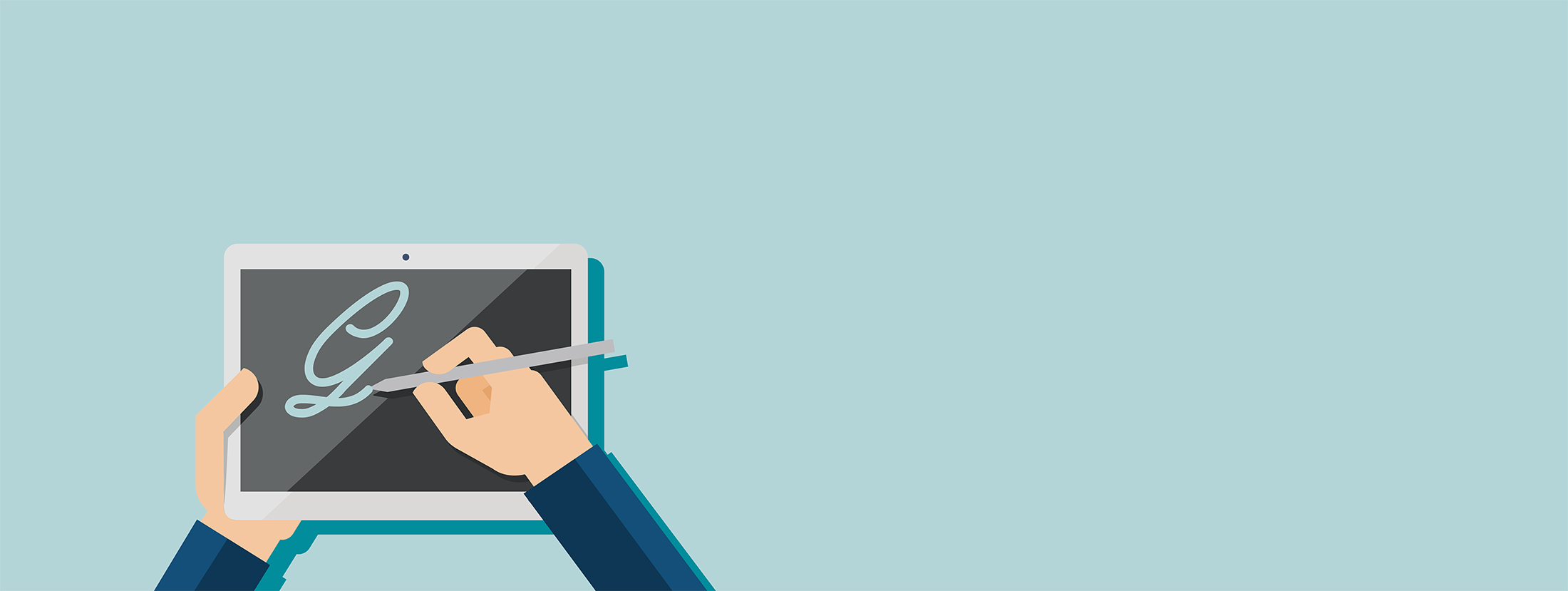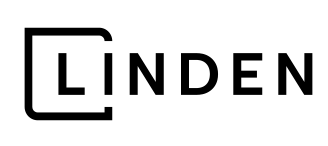
What is a logo and what does it do?
A logo is a graphic representation of your company that becomes recognizable and trusted through the support of strategic marketing. By association, your company becomes recognizable and trusted, too. Your logo has a big job! It represents you, sets you apart, and provides a first impression, so one of the most common temptations in logo development is to try to make the logo say and do too much.
Logos that depict everything about a business by including too many images, symbols, colors, words or initials don’t usually improve customer understanding or withstand the test of time. Instead, remember that the logo is just one component of a brand that may include supportive imagery, secondary color palettes, messaging, a tagline and a strategic approach to marketing that fully communicates every dimension of the mission and image you want to project.
Logo design is typically the first step in developing a brand that works to reinforce your company’s mission and objectives, setting you apart from your competition. It’s important to do a good job during the logo design phase, as the logo will provide your target audience with their first impression of you in instances where you can’t personally interact with them.
Designing a logo is one of the most rewarding and most challenging parts of developing a brand. A successful logo is one that projects your company’s core attributes in a clever and symbolic way. The end result looks simple, but there is a lot of “behind the scenes” work that happens.
A peek into a designers mind:
There are 8 steps to creating a logo. Here’s what our designers are thinking as they create a unique logo for your company that communicates your identity clearly and stands the test of time.
1. Understand
To create a great logo, your designer wants to know you and your story. What is your company about? Where you want to grow? Who do you want to reach? When we understand you, we can hone our design to your needs. We create a list of your company’s attributes and goals and use that as a springboard.
2. Research
In addition to understanding your story, a good designer will research your industry and competition. Great design doesn’t happen in a vacuum, but rather in the context of the marketplace. We want to set you apart from your competition and give you a competitive edge by presenting your company in a professional and intelligent light.
3. Mind Mapping
Before lifting a pencil (or moving a mouse), your designer will spend some time mulling over all the information collected in the previous two phases and mapping out connections, associations and possible graphic representations of intangible ideas. This is where the “magic” happens.
4. Intent & Play
Once we have tapped into the “feel” of your company’s brand, designers begin visually brainstorming—often with sketches first—then moving to the computer. This is a blend of designing with something intentional in mind, but also with a sense of “play.” This combination creates happy accidents and/or unique, surprising results that wouldn’t arise when tackling creativity in a logical fashion.
5. Filter
Before presenting our concepts to you, designers go through an internal filtering process. The whole team reviews anywhere from 10–30 logos and narrows it down to the best 2–3 options that meet your company’s objectives and best visualize the agreed upon attributes from the first step.
6. Share
Once we have 2–3 clear logo options, designers will often incorporate them into other branding material examples to provide context. This step is helpful to visualize how the logo will be used: very rarely will a logo be used without any other supporting brand material. Seeing potential logos in context also aids in the decision making process by providing several different brand directions. At Linden, it’s the account team who gets to share with you the various options and provide designers’ clear rationale for each approach. While “gut” reactions are helpful in deciding which direction to go, your best design solution (logo & branding) should appeal to both the logical and emotional side of you and your team and, more significantly, your targeted audience. Keep in mind that it may well be the emotional response that resonates and lasts.
7. Refine & Deliver
Once a direction is selected, your designer will further refine the logo and create various file formats needed for a variety of applications. We’ll help to educate you on the intricacies of what formats are needed for what uses.
8. Maintain & Protect
Your company’s logo is an extension of your business; it is important to maintain and protect your brand from misuse or distortion. When a logo is warped, adjusted, misused, it negatively impacts your company by implying that you may be indifferent, unprofessional, or don’t value integrity. To build positive brand awareness and logo recognition, we’ll help teach you how to ensure quality control across your company’s internal and external communications. Remember your logo and brand is often your first impression for people you might never meet in person. So make it count!

LINDEN STAFF
We love our dogs, espresso-inspired conversations, long walks downtown, cocktails on the patio and finding joy in the details. We take our work seriously and we take life as it comes.
